工业设计师Nicole Hone利用建模软件和多材料3D打印技术,创造了一系列3D打印的未来主义水生植物,或者叫水生植物,它们模仿的自然生物充满个性。在同名电影中,水生植物被水中的气胀所激活,转化成有活力的生物,它激发了我的设计灵感。在这个项目中,我对植物学和海洋生物特别感兴趣。我对海洋生物和珊瑚的移动方式感到惊讶,我想在我的设计中体现类似的品质。她开始制作试印,发现这些模型在水中移动得最好,最终成为水生植物的部件。






Using modeling software and multi-material 3D printing, industrial designer Nicole Hone created a series of 4D-printed futuristic aquatic plants, or Hydro
phytes, that are as full of character as the natural organisms they mimic. In the film of the same name, the hydrophytes are activated by pneumatic inflation in water, and transform into dynamic organisms that you could swear were actually alive.“I have always been fascinated with nature,the designer tells Colossal. “It inspires my design ideas and aesthetic. For this project, I became particularly interested in botany and marine life. I was amazed by the way sea creatures and corals moved, and I wanted to reflect similar qualities in my designs.While working on her Master of Design Innovation thesis at Victoria University of Wellington, Hone learned a
bout plans to redesign the Natio
nal Aquarium in New Zealand. She thought that it would be interesting to develop a “future-focused exhibitio
nwith moving models as an interactive installation for visitors. She began making test prints and discovered that the models moved best in water, which eventually became the pieces used in Hydrophytes.Hone explains that software was used to create the shape, surface texture, and internal structures for the Hydrophytes. One benefit of the 3D printing system is that there can be a varying degree of hardness for the parts, but the machine can still handle printing them as a seamless object. During printing the works are encased in a support material, which Hone has to then painstakingly remove (sometimes a 4-hour process) by soaking them in water and using a toothpick. After cleaning, air is passed through the CGOs (computer generated objects) and they are placed in the underwater environments.“They can respond to external forces such as gravity, water ripples or currents, and interaction with people or other 3D prints in real life,Hone said. “Their man-made composite materials behave uncannily similar to living organisms.”She went o
nto explain that each Hydrophyte has a unique character that is defined by both their style of movement and appearance. The colored lights that illuminate the printed plants were chosen to “complement each perso
nality and amplify the emotive qualities of the film,and the functions of each plant were inspired by the effects of climate change on marine species. “As the 4D printing experiments developed from abstract shapes into more plant-like models, their appearance and movement helped me think of which function would best suit each character,she added. It’s fascinating to see the intersection of art and technology produce such a unique collection of objects. To view more of what Hone has created with her research, visit her website. (via Designboom)












 28
28
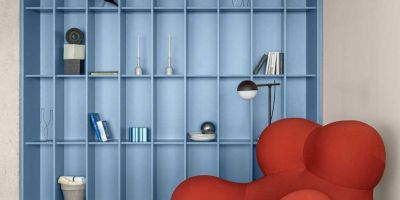 设计欣赏
设计欣赏
 设计欣赏
设计欣赏
 设计欣赏
设计欣赏
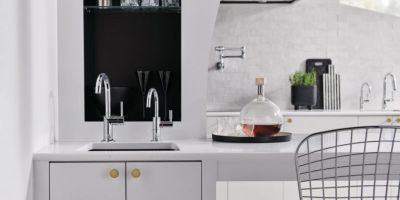 设计欣赏
设计欣赏
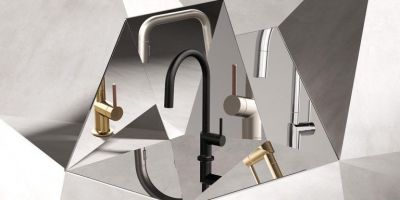 设计欣赏
设计欣赏
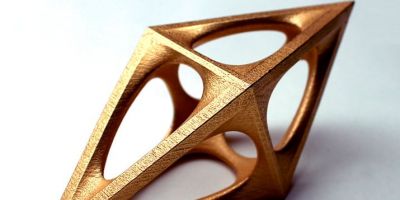 设计欣赏
设计欣赏
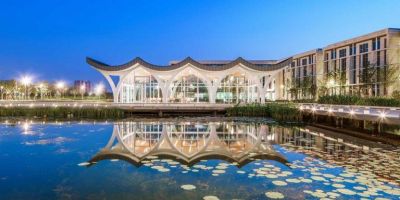 设计欣赏
设计欣赏
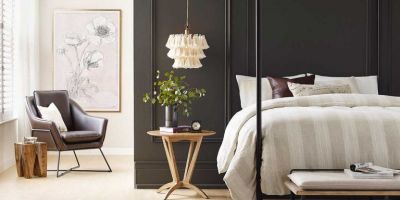 设计欣赏
设计欣赏